Overview
From dramatic volcanic crags to sweeping white sand beachfronts, Cape Verde holidays are replete with adventurous opportunities. This awesome archipelago features an almost lunar silhouette, where Saharan trade winds roll over a unique fusion of Portuguese-African culture. Known as the 'African Caribbean' this diverse region also features a host of explorations through remarkable history, art, and cuisine, all while offering Caribbean beaches at affordable prices.
- Flight time: Approx 6 hours
- Passport & Visa: Visa required for British passport holders
- Currency: Cape Verdean Escudo
- Time Zone: GMT-1
- Language: Portuguese
Why Choose a Cape Verde Holiday with Blue Bay Travel?
If you're looking for a sun-soaked escape with a mix of relaxation and adventure, Cape Verde holidays are just the ticket.
Located off the west coast of Africa, this archipelago of ten islands is famous for its Caribbean-esque beaches, laid-back vibes, and year-round sunshine. A paradise for couples and families, when the landscape moves from spectacular beaches to mountain ranges, you know there's going to be plenty of adventures to uncover.
Whether you're interested in all-inclusive holidays to Cape Verde or exploring a cheaper alternative to the Caribbean, this unique destination offers something for every traveller and we can get you there for less. Book your all-inclusive Cape Verde holiday with Blue Bay today with absolutely no hidden fees!

Is Cape Verde a Good Holiday Destination?
Categorically, yes! Cape Verde is a hidden gem, with a blend of African, Portuguese, and Brazilian influences that creates a completely unique, vibrant and welcoming atmosphere. But what else can you expect?
- Perfect Weather: Cape Verde usually benefits from dry, tropical weather. August is the hottest month with average temperatures of 27°C, and the coolest month is January at 23°C. April gets the most daily sunshine (9 hours), and September receives the most rain with an average of 77mm rainfall.
- Gorgeous Beaches: Think powder-soft sands and turquoise waters. Whether you're in Sal or Boa Vista, you're never far from a beautiful beach.
- Adventure & Relaxation: Whether you're windsurfing in Sal, hiking the volcanic landscapes of Fogo, or just unwinding by the pool, Cape Verde offers the perfect mix of activity and downtime.
- Incredible Culture: Celebrating a deep passion for football, church activities and community spirit Cape Verdean is inherently Portuguese. A walk round the town square to meet with friends, called a praça, is still a regular custom in Cape Verde, typifying the islands' high regard for socialising.
- Cracking Cuisine - Mostly based on fish and staple foods like corn and rice. Vegetables available during most of the year are potatoes, onions, tomatoes, manioc, cabbage, kale and dried beans. Fruits such as bananas and papayas are available year-round, while others like mangos and avocados are seasonal.
Best Things to Do in Cape Verde
There’s so much to see and do in Cape Verde that you'll be spoilt for choice! Whether you're into adventure, history, or simply soaking up the sun, the islands offer something for everyone.
- Go Hiking: Hiking in Cape Verde is a must-do holiday moment. Explore the Serra da Malagueta mountain range on Santiago Island. This protected area is perfect for trekking, offering breathtaking views over the dramatic landscape.
- Water Sports: If you’re a water sports fan, Cape Verde is the place to be! The islands are renowned for their excellent conditions for everything from diving to windsurfing.
- Vibrant Nightlife: When the sun goes down, Cape Verde comes alive! While the islands might seem laid-back during the day, the nightlife in areas like Santa Maria in Sal and Mindelo in São Vicente offer a shift in tempo.
Explore Sal Cape Verde
Sal is one of the most popular islands for tourists, and for good reason! Known for its stunning beaches, laid-back vibes, and world-class water sports, Sal Cape Verde is a must-visit for anyone looking for an unforgettable island escape.
- Santa Maria Beach: The heart of Sal, this beach offers long stretches of white sand, crystal-clear waters, and plenty of beach bars where you can enjoy a cocktail or two. It's perfect for both relaxation and adventure.
- Salt Mines of Pedra de Lume: For a unique experience, visit the salt mines in an extinct volcano crater. Float effortlessly in the saltwater lagoon—it’s a mini version of the Dead Sea!
- Water Sports Galore: Sal is famous for its windsurfing and kitesurfing scene. Head to Kite Beach if you’re up for some adrenaline-pumping fun on the water.
Discover Boa Vista Cape Verde
Boa Vista Cape Verde is another top holiday destination, offering a quieter, more relaxed atmosphere. If you're all about sun, sand, and tranquility, this island is calling your name.
- Praia de Chaves: This remote, golden-sand beach is a little slice of heaven. With fewer crowds, it’s perfect for those looking to escape the hustle and bustle.
- Viana Desert: Boa Vista’s unique desert landscape is a must-see. Take a 4x4 tour across the dunes for an unforgettable adventure.
- Turtle Watching: Between June and October, you can witness Loggerhead turtles nesting on Boa Vista’s beaches—a truly magical experience for nature lovers.
Discover the Best Beaches in Cape Verde
Cape Verde’s beaches are what holiday dreams are made of. With golden sands stretching for miles and the clearest turquoise waters you’ve ever seen, these islands are a beach lover’s paradise.
- Santa Maria Beach in Sal: A postcard-perfect stretch of white sand, this beach is great for both sunbathing and water sports.
- Praia de Chaves in Boa Vista: This remote beach is as beautiful as they come, offering miles of untouched sand and a serene atmosphere.
- Laginha Beach in São Vicente: Perfect for swimming and sunbathing, this beach is a local favorite and offers plenty of nearby restaurants and bars.

Most Popular Exclusive Cape Verde Holidays?
Whether you're traveling as a family, a couple, or solo, Cape Verde has something for everyone. Check out these options to find the perfect holiday to suit your style.
Couples Holidays to Cape Verde
Looking for a five-star romantic escape? Cape Verde’s breathtaking sunsets, secluded beaches, and selection of luxury adults-only resorts make it a perfect destination for couples. The best part is, you can enjoy private dinners on the beach or relax at an opulent spa in any of these resorts and... come closer... you won't need to overpay for it.
Family Holidays to Cape Verde
Planning a family getaway? Cape Verde is perfect for families, offering a safe environment with plenty of activities for kids and adults alike. Choose an all-inclusive holiday to Cape Verde in these awesome resorts for an unforgettable experience without going over budget.
Cheap Holidays to Cape Verde
Want to travel on a budget? You don’t need to break the bank to enjoy a Cape Verde holiday.
Of course, we'll always try to get you there for less with our Price Match Guarantee, low deposits and flexible payments making paying for your escape even more manageable.
But there are plenty of affordable Cape Verde hotels like Hotel Riu Touraeg or Riu Cabo Verde, where five-star services come without the hefty bill.
Stress-Free All-Inclusive Holidays to Cape Verde
If you want to relax and let someone else handle the details, all-inclusive holidays to Cape Verde with Blue Bay are the way to go. With everything from food to entertainment included, you can focus on enjoying your time by the pool, at the beach, or exploring the local culture.
Top all-inclusive resorts in Cape Verde offer stunning views, luxurious amenities, and endless activities. From poolside cocktails to beach barbecues, you’ll have everything you need at your fingertips. The best part is, when you book with us, they're always super affordable.

Cape Verde Holidays FAQs
Here are some frequently asked questions about going on holiday to Cape Verde.
When is the best time to visit Cape Verde?
Cape Verde offers warm weather year-round, making it a great destination no matter the season.
What is the currency in Cape Verde?
The currency is the Cape Verdean escudo (CVE), but euros are widely accepted in tourist areas.
Is Cape Verde safe?
Yes, Cape Verde is generally very safe for tourists, with a welcoming and friendly atmosphere.
Do I need a visa for Cape Verde?
EU citizens and UK travellers can enter Cape Verde without a visa for short stays.
Is Cape Verde good for families?
Yes. Sal and Boa Vista offer resort hubs, calm sandy beaches, and family packages that include walkable towns, easy beach days, and kid-friendly hotels.
Is Cape Verde good for couples?
Absolutely. Quiet beaches, long sunsets, morna music and intimate island options create a low-key, romantic mix of beach rest, local culture, and adventurous day-trips.
How long is the flight to Cape Verde?
From the UK, direct flights from London Gatwick to Sal or Boa Vista take about six to six-and-a-half hours. Indirect routes via Europe add several hours for connections.
How long is the flight to Cape Verde?
From the UK, direct flights from London Gatwick to Sal or Boa Vista take about six to six-and-a-half hours. Indirect routes via Europe add several hours for connections.
Is Cape Verde expensive?
Manageable through package deals. Cape Verde all-inclusive packages often give you strong value for money. The independent travel costs vary by island, season, and flights, so keep that in mind. Book package deals or off-peak dates to keep per-person costs reasonable.
Where is Cape Verde located?
An Atlantic island nation about 450–570 km off West Africa, near Senegal, made of ten volcanic islands. Capital is Praia on Santiago; islands split into Barlavento and Sotavento groups.
Where to stay in Cape Verde?
Choose by mood: Sal and Boa Vista for beaches and resorts like Santiago (Praia) for culture and markets, São Vicente for music, or Santo Antão for hiking and eco-lodges.
Most Popular
Speak to an Expert
Our Personal Travel Advisors are passionate about travel, their success is based on their expert understanding of their customer’s needs and a top class service that is un-matched by anyone within the internet arena. They are recruited and trained to the very highest standards in order to provide the specialist destination & resort knowledge required to guarantee your holidays will be everything you have imagined and more!
If you need help customising your holiday, or simply need some more advice – chat to a Personal Travel Advisor on 01782 645 086 .
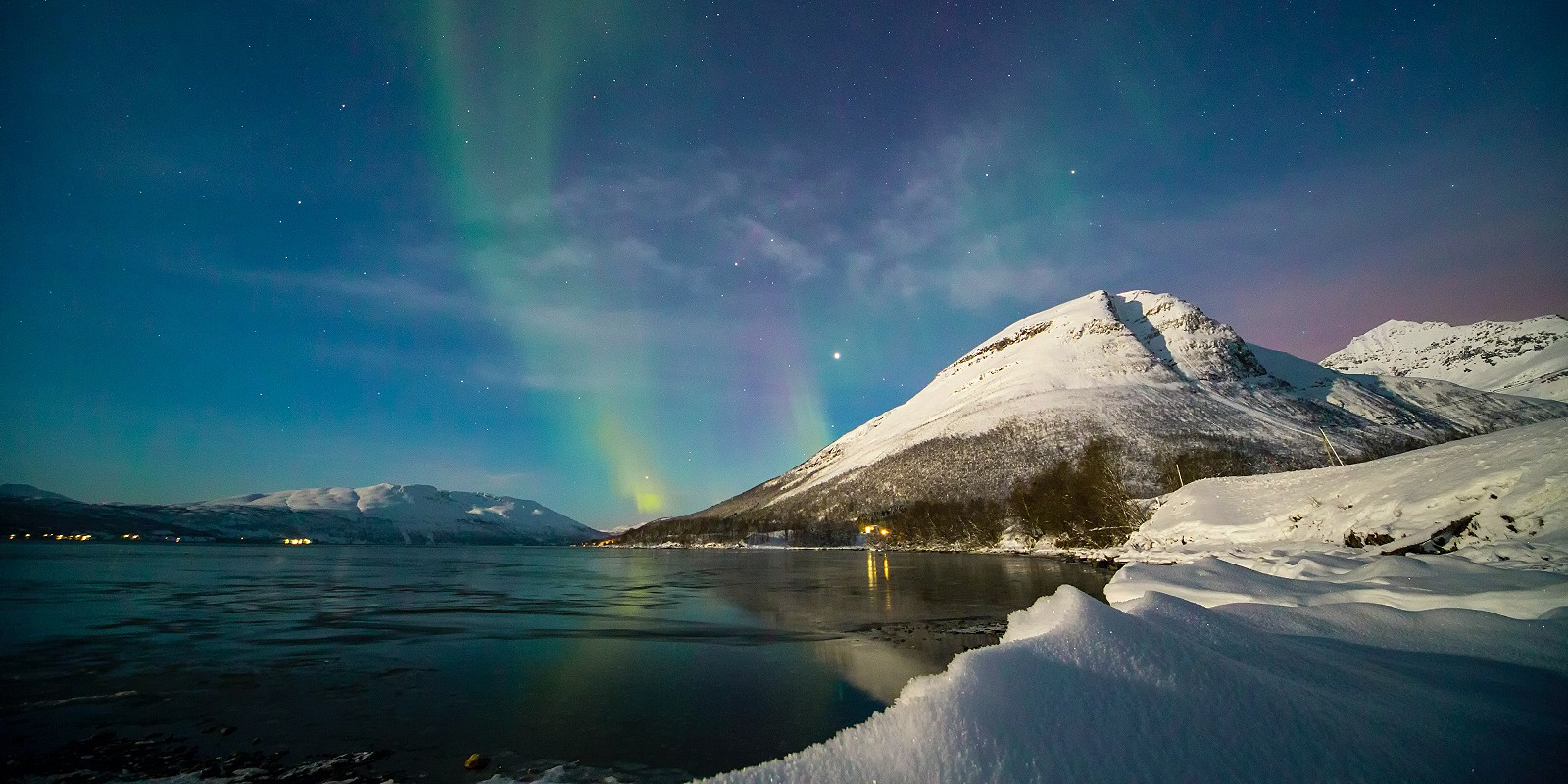
11 Top Tropical Holiday Destinations You Didn’t Know We Offer: In 60 Seconds or Less
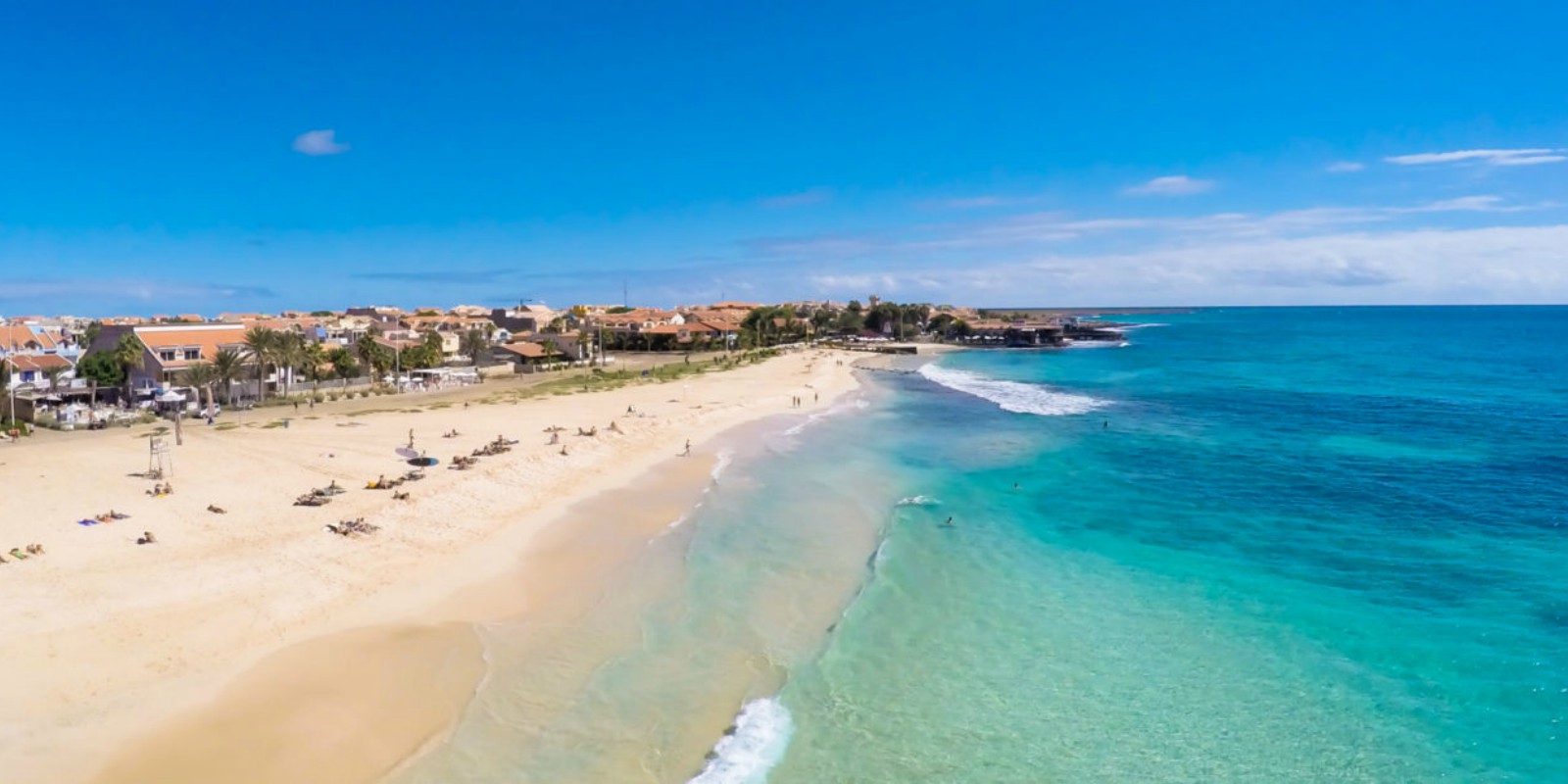
Cape Verde Unpacked – The Ultimate Cape Verde Guide
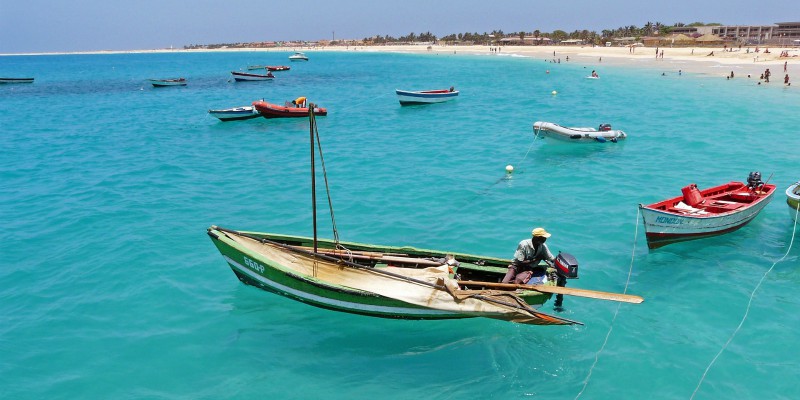
The Ultimate Guide to Sal Island, Cape Verde
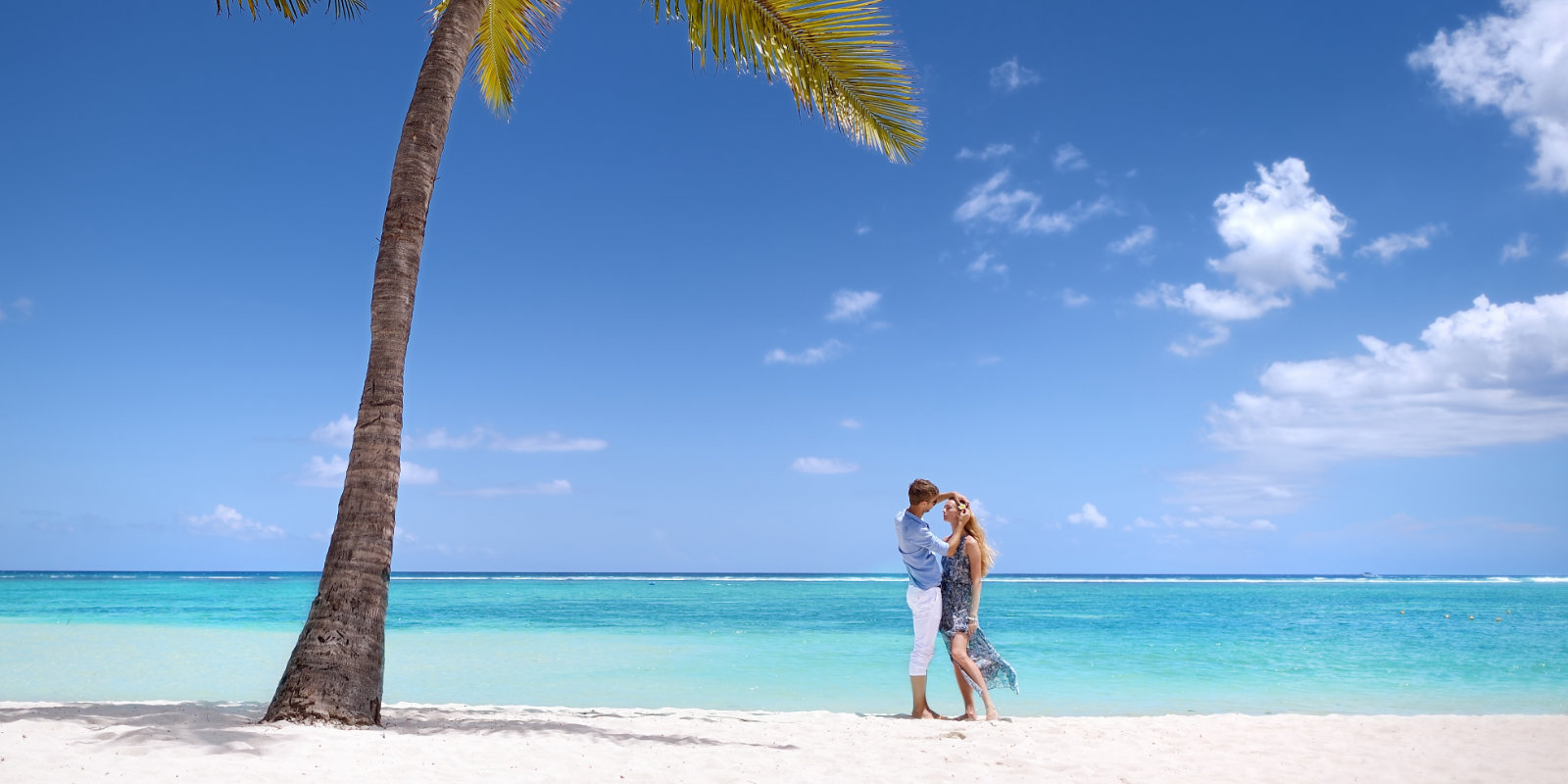
Escapes Made for Romance
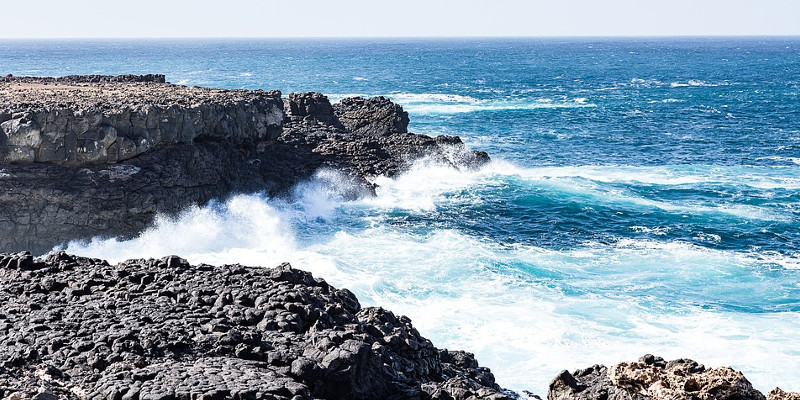
Top 3 Cape Verde Hotels
